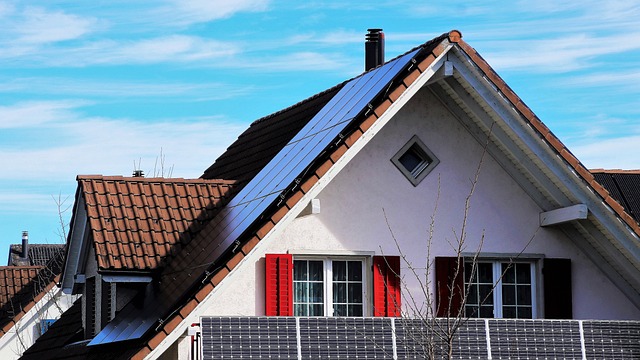How does Maui solar PV technology works?
A solar cell, also known as a photovoltaic cell, is any apparatus that directly transforms light energy into electrical energy using the photovoltaic effect. The vast majority of solar cells are made of silicon, which can be found in amorphous (noncrystalline), polycrystalline, and crystalline (single crystal) forms, with varying degrees of efficiency and cost.
Solar cells do not use chemical reactions or require fuel to generate electricity, making them unlike batteries or fuel cells. They also do not have any moving parts, making them unlike electric generators. Here’s why you need Maui solar PV energy.
How Maui Solar PV Technology Works
Let’s find out how Maui solar PV technology works:
Solar cell structure and operation
The basic design of solar cells is the same whether they are in a central power plant, a spacecraft, or a calculator. Solar PV panels converts sunlight to electricity. The solar cells are designed to absorb and convert sun rays into electricity. Solar systems always have inverters that converts the direct current (DC) to alternating current (AC). There are various types of solar panels that are suitable for home use. In order to understand how Maui solar PV technology works, its important to understand how these solar panels work too.

Maui solar PV technology: Monocrystalline
Cells produced from a single silicon cylindrical crystal are used to create monocrystalline panels. It typically converts about 15% of the solar energy into electricity. This makes it the most efficient sort of mature PV technology at the moment. Monocrystalline silicon PV cells and panels must be produced using a very sophisticated manufacturing method, which raises the price a little. Learn more about residential solar panel installation on Maui.
Maui solar PV technology: Polycrystalline
Multi-crystalline cells, another name for polycrystalline silicon PV panels, are composed of cells that are cut from an ingot of silicon that has been melted and recrystallized. Then, these ingots are divided into incredibly thin wafers and assembled into whole cells. Due to the significantly less complex manufacturing process, polycrystalline cells are typically less expensive to make than monocrystalline cells. This, however, comes at the expense of efficiency, which hovers around the 12% level.
Maui solar PV technology: Thin-film photovoltaic panels
When silicon is applied to a substrate in a thin, uniform layer, amorphous silicon cells are created. The cells may be made significantly thinner since this form of silicon absorbs light more effectively than crystalline silicon.
When it comes to curved surfaces or direct bonding to roofing materials, amorphous silicon excels since it can be placed onto both rigid and flexible substrates. The actual efficiency of the cell, which normally hovers around the six percent mark, is substantially lower than that of crystalline silicon. Though it absorbs light more effectively. Amorphous PV cells are often simpler and less expensive to produce, though.
Benefits of Maui Solar PV panels
The following are the key benefits of Maui solar PV panels:
- Solar energy is clean & green energy
- Not dependent on other sources of Energy
- Solar panels doesn’t require regular or expensive maintenance
- Solar energy is safer compared to other energy sources
- Renewable energy
- Electricity bill reduction
- Maximum usage
- Technology development


